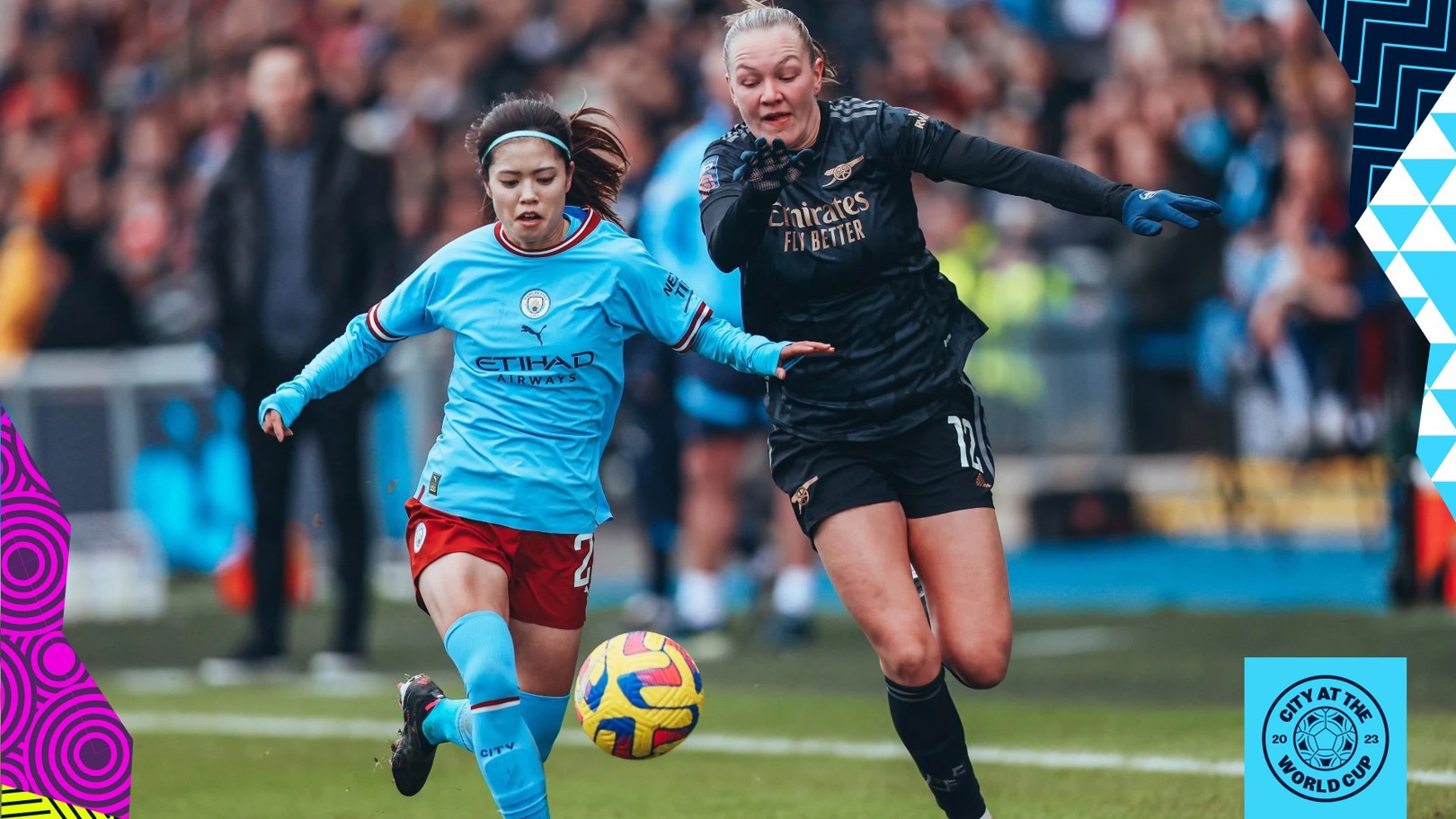The Japanese midfielder, known to be small but mighty, had a phenomenal debut season in sky blue last term - establishing herself among the elite box-to-box midfielders in the Barclays Women’s Super League.
After making an impressive 27 appearances for Gareth Taylor’s side, Hasegawa revealed her own physical training sessions helped evolve her gameplay and in turn win more physical duels.
“Even when I was playing in Japan, I was not tall but I didn’t lose a lot of duels,” declared Hasegawa.
“I thought the timing and the positioning before getting into a physical battle were extremely important. But when I came here, I realised that I also need to become stronger.

“So, I have been doing physical training really intensively for the past four or five years. That’s where I’ve seen a huge change in myself. The duel is not simple.
“Prediction and positioning and also speed are important factors, I think. So, combining all of that is what I consider to be physical strength.
“For example, when I am watching my game highlights I realise that I was a little slow in this instance, and that’s why I lost the duel.
“Thinking about where to position myself next, or where the next ball is likely to come. I think it’s important to always have that awareness.”
Hasegawa will be looking to transfer her learnings into her performances on the international stage, with Japan’s first 2023 Women’s World Cup match on the horizon.
Futoshi Ikeda’s squad face Zambia on Saturday 8 July, before further Group C matches with Costa Rica and Spain.
And it’s her intense training schedule, along with facing stronger opposition, which has helped the 26-year-old develop her gameplay for club and country to become a pivotal figure for both.

“When I started doing strength training, I mainly focused on the back muscles,” explained Hasegawa when asked what part of her body has become stronger.
“It was mainly the entire back of the body, including the back and hamstrings. However, since coming to Manchester, naturally, my upper body has changed in appearance.
“I didn’t specifically prioritise upper body, I was training as usual, but I feel that the amount of muscle and overall appearance has changed a bit.
“I think it’s because I have constantly faced stronger and larger opponents.”








